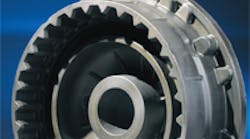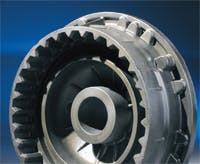The shell moulding process consists of casting molten metal inside shells that contain internal cores. The cores are formed from a variety of sands that have been treated and coated with thermosetting resins. Shell molding offers several advantages over traditional sand casting:
• No reactions occur between molten metal and sand during the pouring process, which reduces or eliminates the formation of internal voids.
• Because the shell is permeable, it allows gases to escape, which further reduces the formation of blow holes.
• Rapid cooling produces a finished component with fine grain structure, so parts exhibit high strength, fracture resistance, and other favorable mechanical properties.
• This precision casting process yields parts with tight dimensional tolerances, conforming to ISO 8062; CT6-CT7.
• Surfaces of parts also exhibit smooth, uniform surfaces that usually require little or no machining.
• Minimum thickness of internal geometries can be tightly controlled, even with complex shapes. Draft angles range from 0.5° to 1°.
Perucchini spa, Omegna, Italy, specializes in shell molding processes and works with companies to design and manufacture components made of various cast irons and steels with intricate internal and external geometries, smooth and uniform surface finishes, and that exhibit higher strength and other mechanical properties than conventional castings. Perucchini also offers a variety of sophisticated quality control techniques, simulation, and related services.
For more information, e-mail [email protected] or visit www.perucchini.com.


